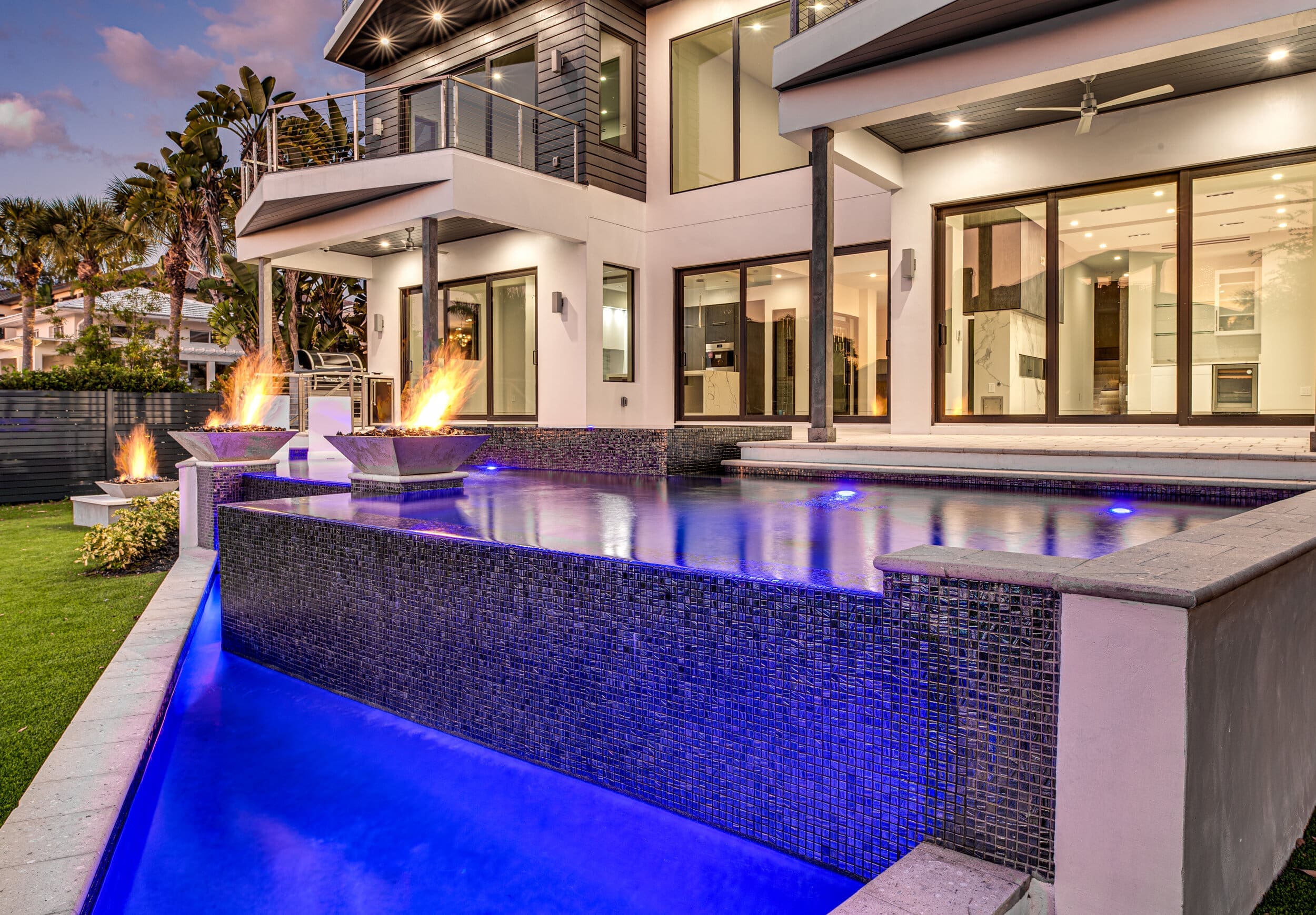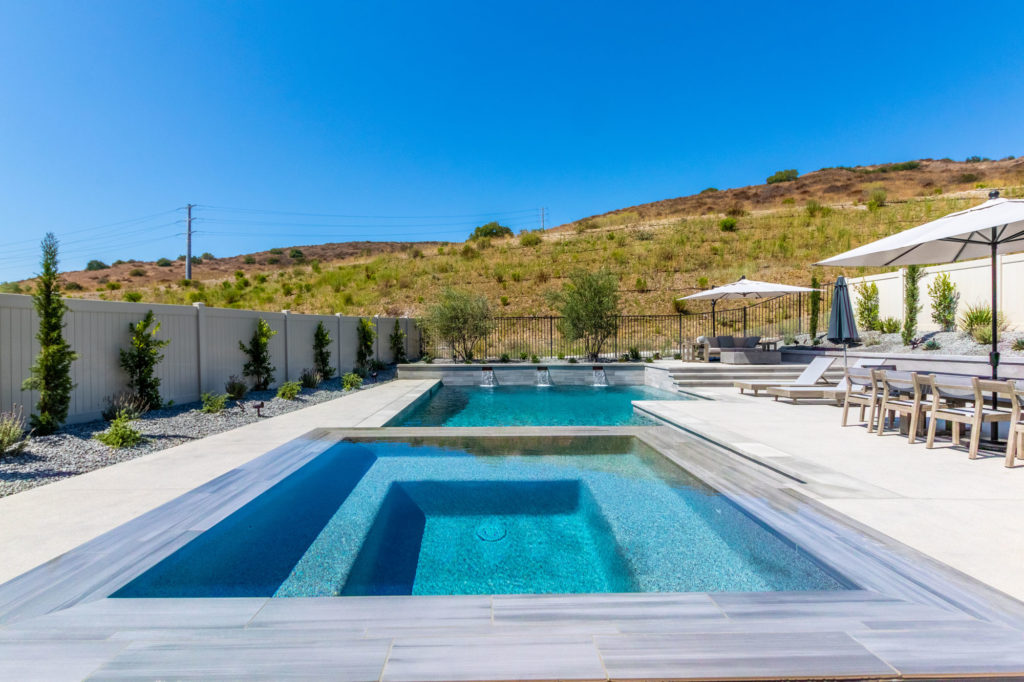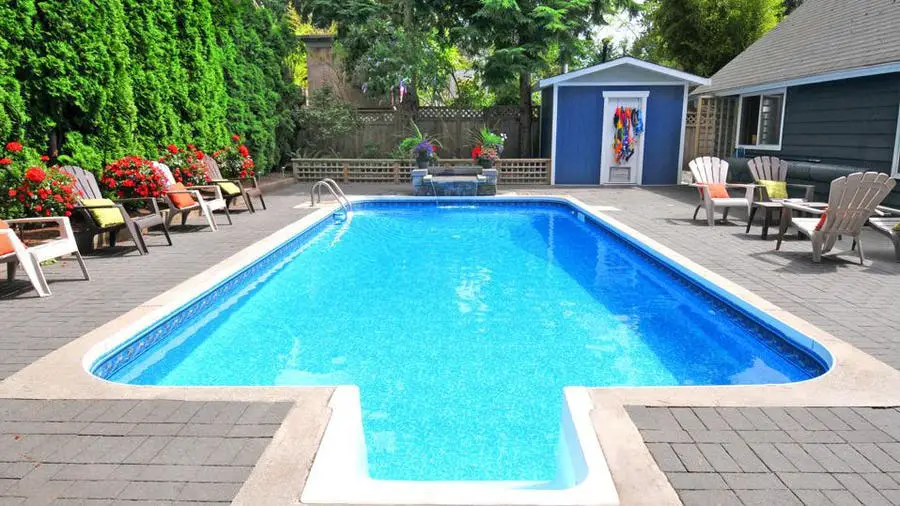When considering the cost of a swimming pool, it’s essential to understand the various factors and considerations that can influence the overall price. Whether you’re dreaming of a luxurious in-ground pool or a more modest above-ground option, several key elements will impact the final expense.

Credit: wahoopools.com

Credit: www.californiapools.com
Types of Swimming Pools
Swimming pools come in various types, each with its own set of costs. The two primary categories of swimming pools are in-ground and above-ground.
| Pool Type | Average Cost |
|---|---|
| Above-Ground | $3,000 – $12,000 |
| In-Ground | $20,000 – $80,000+ |
Above-ground pools typically cost less to install, making them a more budget-friendly option for many homeowners. In-ground pools, on the other hand, offer more customization and durability but come with a significantly higher price tag.
Factors Influencing Pool Costs
Several factors can influence the overall cost of a swimming pool:
- Size and Shape: Larger and more intricate pool designs will generally result in higher costs.
- Materials: The type of materials used, such as fiberglass, vinyl, or concrete, will impact the overall expense.
- Accessories and Features: Additional features like lighting, heating systems, and water features add to the total price.
- Installation and Labor: Professional installation and labor costs are a significant factor in the overall expense.
Understanding these factors can help you make informed decisions when planning for a swimming pool installation.
Additional Costs to Consider
When budgeting for a swimming pool, it’s crucial to consider the additional costs beyond the initial installation. These may include:
- Maintenance and Cleaning: Regular maintenance and cleaning expenses should be factored into the overall cost of pool ownership.
- Utilities: Increased water and energy usage will impact monthly utility costs.
- Insurance: Some homeowners may see an increase in insurance premiums due to pool ownership.
These ongoing costs are essential to consider when evaluating the long-term financial commitment of owning a swimming pool.
Cost-Saving Strategies
While swimming pools represent a significant investment, there are several strategies that homeowners can employ to reduce costs:
- Comparing Quotes: Obtaining multiple quotes from different pool contractors can help identify the most competitive pricing.
- Energy-Efficient Features: Opting for energy-efficient pool equipment and accessories can lead to long-term cost savings.
- DIY Maintenance: Taking on certain aspects of pool maintenance as a DIY project can help minimize ongoing expenses.
By implementing these strategies, homeowners can make owning a swimming pool a more financially feasible endeavor.
Conclusion
Ultimately, the cost of a swimming pool can vary widely based on the type, size, materials, and additional features chosen. While swimming pools can represent a significant financial investment, they also offer unparalleled relaxation and enjoyment for homeowners.
Understanding the various factors and ongoing costs associated with pool ownership can help individuals make well-informed decisions when considering such a substantial investment.
By carefully evaluating the expenses and considering cost-saving strategies, homeowners can make their dream of owning a swimming pool a reality without breaking the bank.





